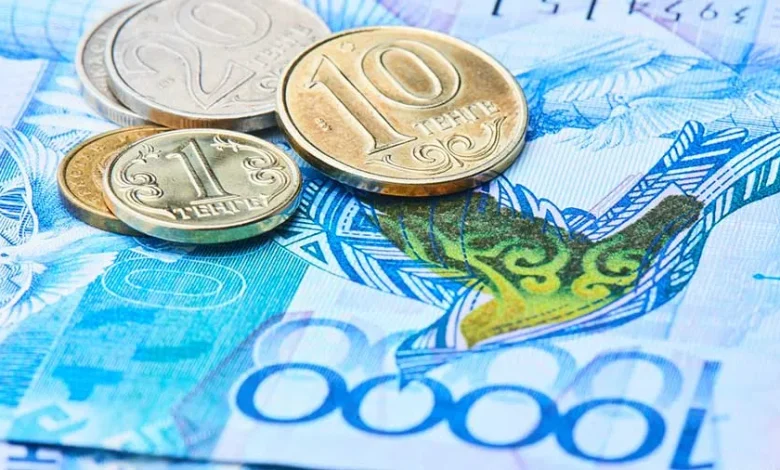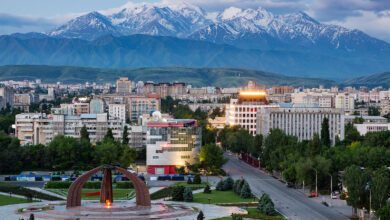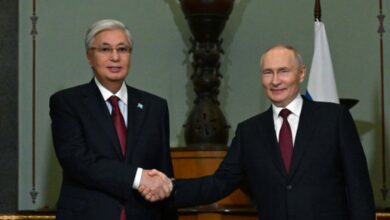
The country’s real gross domestic product (GDP) increased from 3.2% in January-May to 3.3%, as reported by the Office of National Statistics. Both goods production (up from 3.5% to 3.6%) and the services sector (up from 3.1% to 3.3%) showed improved performance.
The slower economic growth is attributed to the impact of floods, which hindered various sectors including trade, transport, and logistics in 10 regions. Additionally, oil production fell by 1.6%.
Industrial production, a key driver of GDP growth, rose by 2.8%. The manufacturing sector saw a 5.1% increase, significantly outpacing the 0.3% growth in the mining sector. Notable gains were seen in mechanical engineering (9.4%), metallurgy (8.3%), the chemical industry (5.3%), pharmaceuticals (14.8%), and furniture (28.3%).
Construction work volume reached 2.7 trillion tenge, an 8.6% increase from the previous year. During January-June, 4.6 million square meters of apartment buildings were completed, marking a 5.9% rise.
Agriculture entered its active growth phase, with production increasing by 3.4%, an improvement from January-May.
Transport, warehousing services, and the information and communications sector also contributed to economic growth, with increases of 7.3% and 8.7%, respectively. Domestic trade volume rose by 3.9%, accelerating by 0.8 percentage points compared to January-May.
Investment in non-resource sectors showed robust growth, with significant increases in the manufacturing industry (9.4%), information and communications (2.4 times), scientific and technical activities (58%), transport (33.7%), education (24.1%), financial activities (22.1%), and real estate transactions (4.5%).
The business activity index increased for the fifth consecutive month, reaching 51.4 at the end of June.
Inflation showed a steady decline, with annual inflation dropping to 8.4% in June from 9.5% in January. Food prices rose by 5.4%, non-food products by 7.4%, and paid services by 13.8%. The monthly inflation rate in June fell to 0.4%, the lowest since 2021.
Foreign trade turnover reached $55.3 billion in January-May, with exports up by 1.8% to $32.5 billion and imports down by 7.2% to $22.9 billion, resulting in a positive trade balance of $9.6 billion, a 32.4% increase from last year.
Kazakhstan’s international reserves grew by $5.4 billion since the start of the year, totaling over $101.3 billion by July 1. The National Fund’s foreign exchange assets increased by $1.4 billion to $61.4 billion, and the National Bank’s gold and foreign exchange reserves rose by $4 billion to $39.9 billion.



